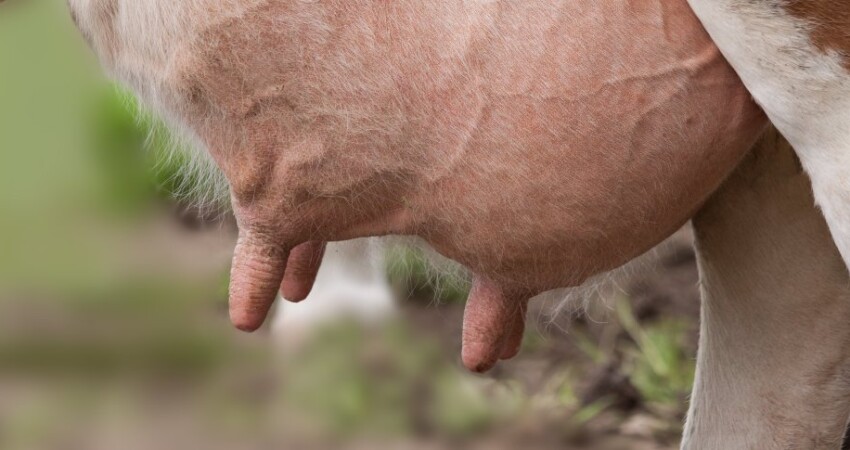

Quality milk production begins with feeding your dairy animals good fodder to using clean milking equipment. However, while many farmers adhere to the two factors for maximum profit, they forget about offering proper care to the cow’s teats.
Teat management remains a key factor in maintaining the well-being of any dairy animal as it ensures the teats are disease-free. As such, teats must be kept clean and healthy to reduce risks of infection and milk contamination. Well managed teats are free of mud, dung and damaged tissues or sores.
Teats can be infected due to poor handling during milking, particularly when using hands, using faulty milking machines, injuries, muddy and wet surroundings, over exposure to direct sunlight causing sunburn and viral and bacterial attacks.
How to clean Teats
Proper cleaning involves washing every teat with water and drying using paper towels, mainly before and after milking. Low pressure running or flowing water and use of disposable towels provide the most efficient ways to effectively clean the teats.
The disposable towels minimise the risk of transferring infections to other teats supposing one is infected. Dry, clean piece of cotton cloth/towel can also be used, but they are not encouraged due to hygiene reasons. If they are the only option, then strictly use one piece per animal, wash and rinse with an effective disinfectant after every milking exercise.
Before milking, teats should be wiped completely dry to reduce chances of mastitis and milk contamination. In machine milking, dry teats will hold better onto the teat cups resulting to efficient milking and less damage. Where hand milking is done, the milker’s nails should be short to reduce the chances of causing cuts on the teats and hands should be thoroughly washed and disinfected. As part of exercise, massage the teat and udder to stimulate milk let-down reflex resulting in faster flow of milk. After milking, apply milking salve then dip each teat in dip-cup to help control bacterial infections like mastitis. Sometimes the teats can be coated with mud or dung, in this case, use running water as you rub them gently until the dirt comes off. Then dry with towel.
Common Teat problems
While machine milking is ‘digital’, efficient and time saving, it might not turn out positive in the end if not properly employed. If any of your milking cows experience blueing or swelling of the teat ends, horizontal rings along the teats, teat ends pulling out or teat orifice damage, check out your machine.
These may be due to defective machine pulsation, persistent excessive vacuum or incompatible liner and shell combinations. Emerging blackspots on the teats may be due to over-milking or faulty pulsation that make the teat’s orifice ulcerated. Cracked teats call for application of milking salve that contain lanolin and some healing ingredients.
A cow experiencing pain on teats during milking is a sign of a problem that should be monitored and the issue resolved immediately. Open wounds or cracks along the teats can be treated using pain relieving ointments. Iodine based sprays and ointments are the most effective. Simple bandaging may be required in cases where the cuts are severe but with the help of a qualified veterinarian. During such treatments, always wear gloves and adhere to the expiry dates of the drugs. Expired drugs or ointments only worsen the conditions.
Precautions to take
If you are to minimise damage on teats, then provide adequate sleeping space with soft bedding material. Beddings that are wet or soiled promote bacterial build up thus expose the animal to infections.
Clipping or removing by shaving the excess hair around the udder and close to the teats also helps to reduce the haboring of infectious agents and excess dirt on the teats. The animal’s tail switch should also be trimmed regularly to reduce soiling the teats.
Ensure your milking machine is fully serviced more than once a year for effective functioning and removal of hidden dirt. Prompt replacement of defective parts is also recommended as per the manufacturer’s instructions. Also set right the correct working condition, like the vacuum level.
Good drainage system in the animal unit is necessary to reduce accumulation of mud. Visual assessment of teats frequently also helps to quickly detect problems.
 Contact Jaguza Support
Contact Jaguza Support